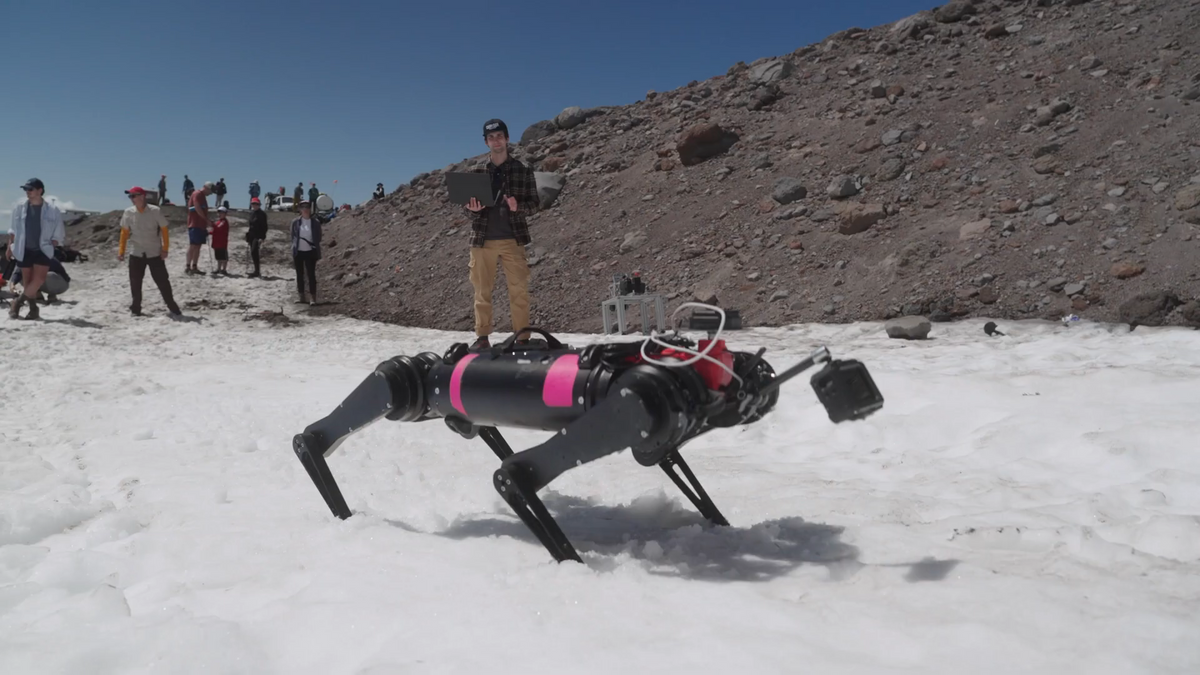There were two interesting articles this week - one in the Washington Post and the other in the Sydney Morning Herald - on smart vehicle "social media" that may be found soon in a car near you.
The Post story concerned a Ford Motor Company demonstration to the National Highway Traffic Safety Administration (NHTSA) where a vehicle crash warning system communicated information to other vehicles with similar warning systems of an impending collision.
According to the Post, in yesterday's demonstration, "... the system notified a driver when it detected another car speeding through a red light in an upcoming intersection, of several cars blocking the highway ahead, and of a car zooming up from behind."
The warning system - also sometimes referred to as a crash avoidance system - uses what Ford calls "advanced Wi-Fi" via a secure channel to communicate what one could call a vehicle's crash situational awareness information 10 times a second to other similarly equipped vehicles. When a potential hazard is detected by a vehicle, all drivers within the transmit/receive zone (which could be up to 300 meters away) are warned through a series of flashing lights and sounds.
The Ford press release about its demonstration says that:
"In October, a National Highway Traffic Safety Administration (NHTSA) report [Frequency of Target Crashes for IntelliDrive Safety Systems - see PDF here] on the potential safety benefits of vehicle-to-vehicle communications estimates that intelligent vehicles could help in as many as 4,336,000 police-reported, light-vehicle crashes annually, or approximately 81 percent of all light-vehicle crashes involving unimpaired drivers. Experts say intelligent vehicles could be on the road in five to 10 years."
The Post article says that NHTSA officials are considering making the technology mandatory in 2013, which seems a bit ambitious, especially given the last sentence in the above statement by Ford and that there are still a number of technological issues like information & communication standards, security, privacy and data/communication overload that have to be worked out first.
The Post story also says that the cost of the technology is pegged at $100 per vehicle, which seems remarkably low.
The Sydney Morning Herald story also concerns vehicles that use built in transmitters to allow them to communicate their position to one another. In this case, the information is used by the cars to "electronically tailgate" each other, allowing them to form a "car train" aka a "platoon." The cars following the lead vehicle (e.g., a truck or bus) replicate the actions of the lead driver.
The effort is part of the European Union funded SARTRE (Safe Road Trains for the Environment) project and was successfully trialed recently in Sweden by Volvo in cooperation with Ricardo UK. The technology is only a few years away from being deployable, it is claimed.
A Volvo video of platooning can be found here.
SARTRE project co-ordinator Tom Robinson is quoted in the article as saying that:
"Platooning offers the prospect of improved road safety, better road space utilisation, improved driver comfort on long journeys and reduced fuel consumption and, hence, CO2 emissions."
The first question that comes to mind, however, is that isn't everyone in the train depend on the actions of the lead driver?
Yep, but the SARTRE web site says that "a lead vehicle with a professional driver will take responsibility for a platoon."
Feel better now?
Even with a professional driver behind the wheel, I think I would still take some convincing to join a platoon.
Other issues confronting the feasibility of the approach can be found in SARTRE publications like this one ["Challenges of Platooning on Public Motorways" - see PDF here].
Robert N. Charette is a Contributing Editor to IEEE Spectrum and an acknowledged international authority on information technology and systems risk management. A self-described “risk ecologist,” he is interested in the intersections of business, political, technological, and societal risks. Charette is an award-winning author of multiple books and numerous articles on the subjects of risk management, project and program management, innovation, and entrepreneurship. A Life Senior Member of the IEEE, Charette was a recipient of the IEEE Computer Society’s Golden Core Award in 2008.


